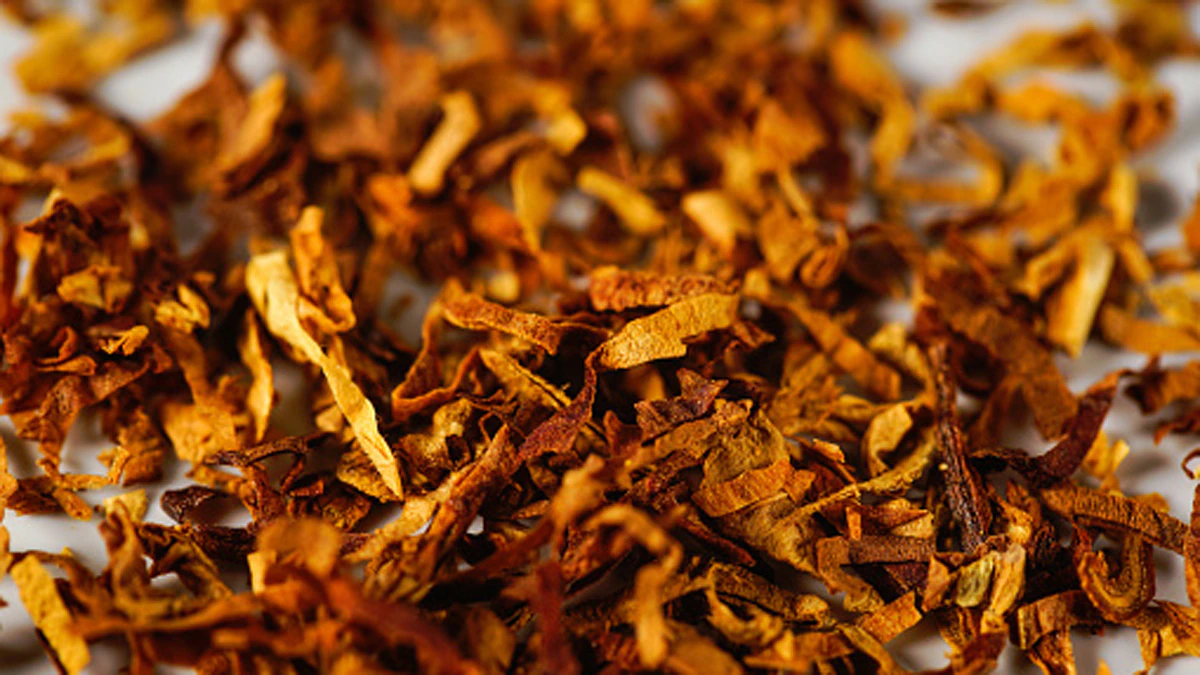
THE Tobacco Industry and Marketing Board (TIMB) has licensed the United Arab Emirates (UAE)-headquartered Cavendish Lloyd Tobacco to contract and support shisha tobacco production in the country.
Cavendish, founded by Koen Monkau in 2011, operates in the UAE, China, Zimbabwe, Thailand, India, Hong Kong, Kurdistan, Zambia and the Netherlands.
Shisha is a type of combustible tobacco that has low nicotine content, which differentiates it from the traditional flue-cured virginia and burley tobacco varieties, according to TIMB.
Unlike cigarettes, this type of tobacco is consumed using a device called a hookah or waterpipe.
A hookah or waterpipe is a single- or multi-stemmed instrument for heating or vaporising and then smoking the tobacco.
An individual pulls from a pipe, and then the smoke is passed through a water basin, often glass-based, before inhalation. This is the reason why shisha is referred to by others as pipe tobacco.
TIMB said shisha tobacco was cultivated in almost the same way as traditional virginia tobacco with minor differences in agronomy. It uses staggered low amounts of fertiliser, and it is not topped (apical bud removal) to minimise nicotine amounts in the leaf.
Chemical applications for pest and insect control and growth period are just the same as other tobacco cultivars such as virginia tobacco.
- Tobacco sales rake in US$650,3 million
- Payment delays threaten tobacco farming preps
- COP27: UAE and Egypt agree to build one of world's biggest wind farms
- TIMB puts contractors owing tobacco growers on notice
Keep Reading
“The crop is reaped when the leaves have completely lost all the nitrogen and have fully ripened. It is cured using the same flue-curing barns, temperature and humidity regimes for the virginia flue-cured tobacco and it takes four to five days to complete curing,” TIMB said in a statement yesterday.
“The cured leaf has to have low nicotine content to protect the smoker from inhaling huge amounts of nicotine since shisha tobacco is about constant smoke inhalation in huge quantities. The cured leaf is preferred light and thin textured necessitated by low basal fertiliser applications.”
Compared to flue-cured tobacco, TIMB said shisha tobacco is easier to grow. It said the crop required less fertiliser than flue-cured tobacco, and it has fewer field operations making it cheaper to produce.
“The crop is not topped (apical bud removal), suckers are allowed to develop, and the curing days are less than those for virginia flue-cured tobacco. However, strict management of the crop as well as pest and disease control should be done to avoid negative effects on yield and quality since this is a precious kind of tobacco with high value,” it said.
“Shisha tobacco (the end product) is usually a combination of tobacco prepared in molasses and flavoured with fruit flavours. The water in the hookah does not remove any toxins and the fruit flavours do not make it a healthy choice, smokers are still prone to cancerous diseases.
“It is important to note that shisha is not burley tobacco, neither is it cigar wrapper. It performs best in high-temperature zones and it also performs well in cold regions if the crop is planted early, just like other tobacco cultivars.”
TIMB said the product would be processed locally and there were lucrative markets for the produce across Africa and Europe.
“It presents huge opportunities for Zimbabwean farmers. Its addition to the stable of tobacco will help tobacco growers earn more and improve their livelihoods. This is in line with the tobacco value chain transformation strategy which seeks to increase tobacco value addition and beneficiation and grow the tobacco industry to a US$5 billion industry by 2025,” it said.
Having started in Manicaland during the 2022/23 season, TIMB said shisha tobacco had great potential to be cultivated across all regions since growing the crop involved similar agronomic practices and curing facilities for virginia can also be used to cure shisha.






